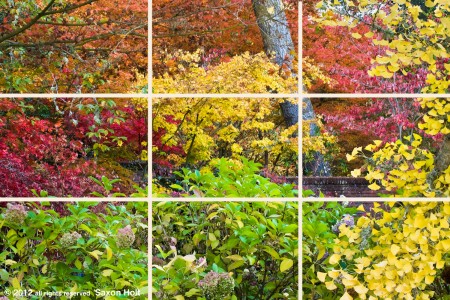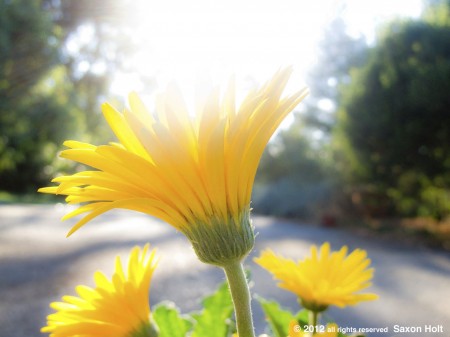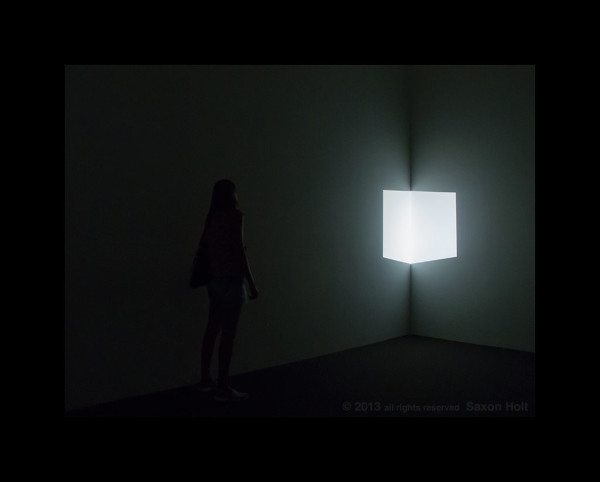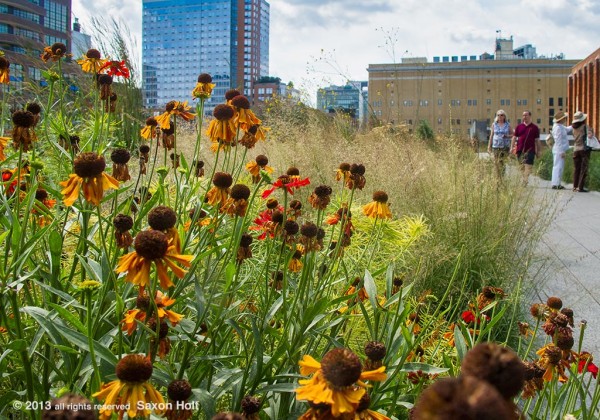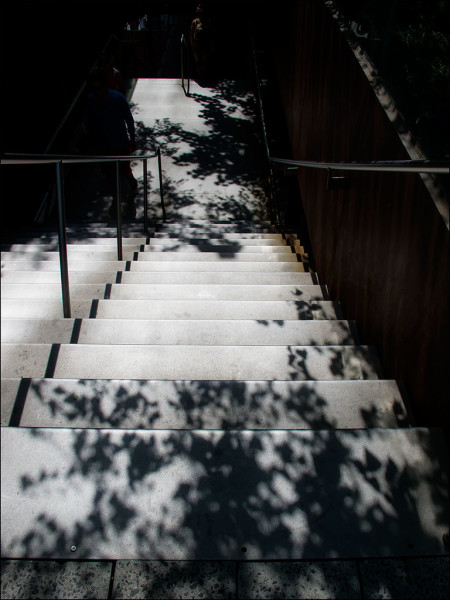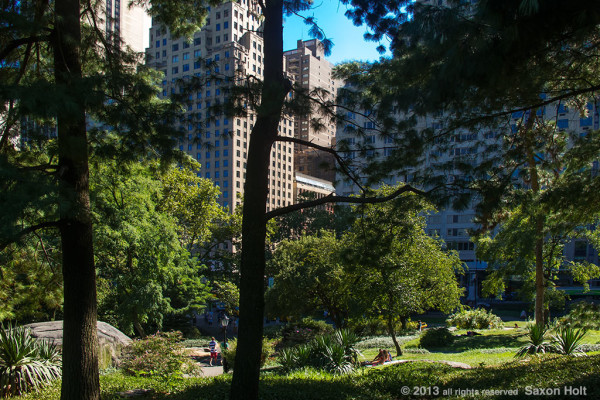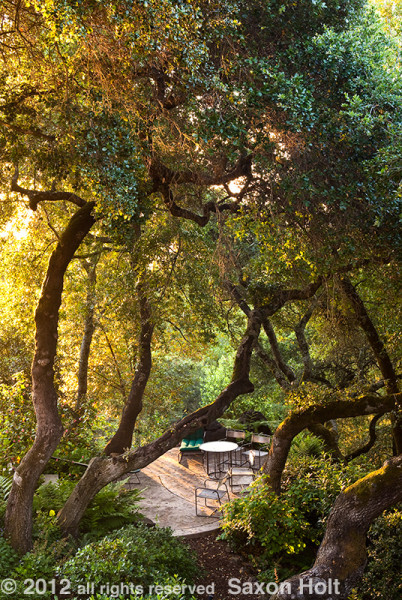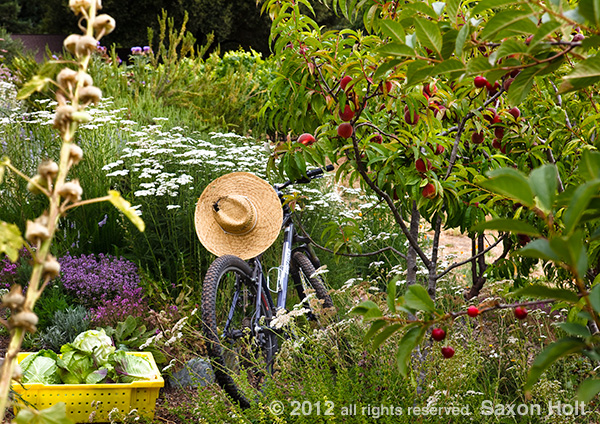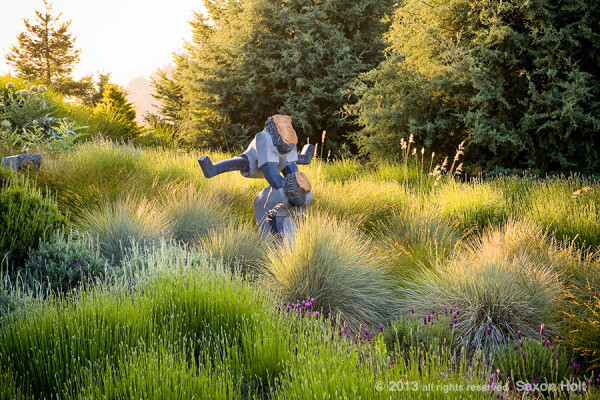 It is easy to get overwhelmed when trying to find a photo in a beautiful garden. We garden photographers want to capture everything before the moment passes. We know garden beauty is ephemeral and changes at the drop of a leaf or shifting of the light.
It is easy to get overwhelmed when trying to find a photo in a beautiful garden. We garden photographers want to capture everything before the moment passes. We know garden beauty is ephemeral and changes at the drop of a leaf or shifting of the light.
But to make a “good” garden photo, slow down, think about what inspires you. Tell a story, tell your story the way you see it.
It helps when you already have a story to tell, an idea before you ever enter a garden, such as the sculpture of those kids jumping through meadow grasses. There, I was photographing my book on meadows and was tired of hearing lawn apologists saying kids need lawns for play. Nonsense, kids can play anywhere. That’s the story.
Much of The PhotoBotanic Garden Photography Workshop, the e-book that has been unfolding here on Gardening Gone Wild, contains lessons and exercises to help you learn seeing techniques. If you follow along on these lessons, you have themes to see and to work on, assignments – like The American Meadow Garden.
For instance, here in an earlier lesson on Composition, we worked on balance and the rule of thirds.
You can use any of the lessons in the book to help you work on what you have to say, but ultimately you will be on your own and these lessons become tools to shape your own story. Always be thinking of what story is in front of you and what you have to tell. This is Lesson 1.6.
Many you you know an underlying story of what I am working on these days is light in the garden. I have written a lot about it, searched at dawn for glorious light, experimented with exposure and composition, and went looking for it after my accident last year when I first tried to write lesson 1.6 as “How Does that Make You Feel ?”
And just recently, I went to New York to study light in the arts, to MOMA, and the Guggenheim to see the phenomenal James Turrell exhibit on light, where he makes light become alive, a physical presence.
So light was on my mind when I went to The High Line in Manhatten’s West Side, the great urban garden walkway elevated on an old rail line.
Given I was there as a tourist, in the middle of a September day, with only my G11 camera and no tripod, I was not expecting exquisite calendar photos. Nor did I expect to have so much fun exploring the light.
Perhaps these are not typical garden photos, but photographers in gardens can find all sorts of stories. And I am looking for light. Even the gardens of Central Park:
The rest of this lesson on Telling Stories will be found in the ebook where we will look at pictures and discuss the stories behind them. Look at these following stories. What do they say ? How do they make you feel ?

